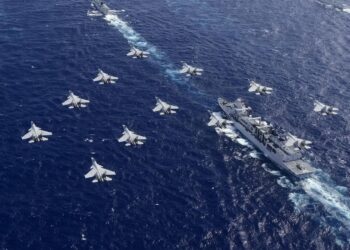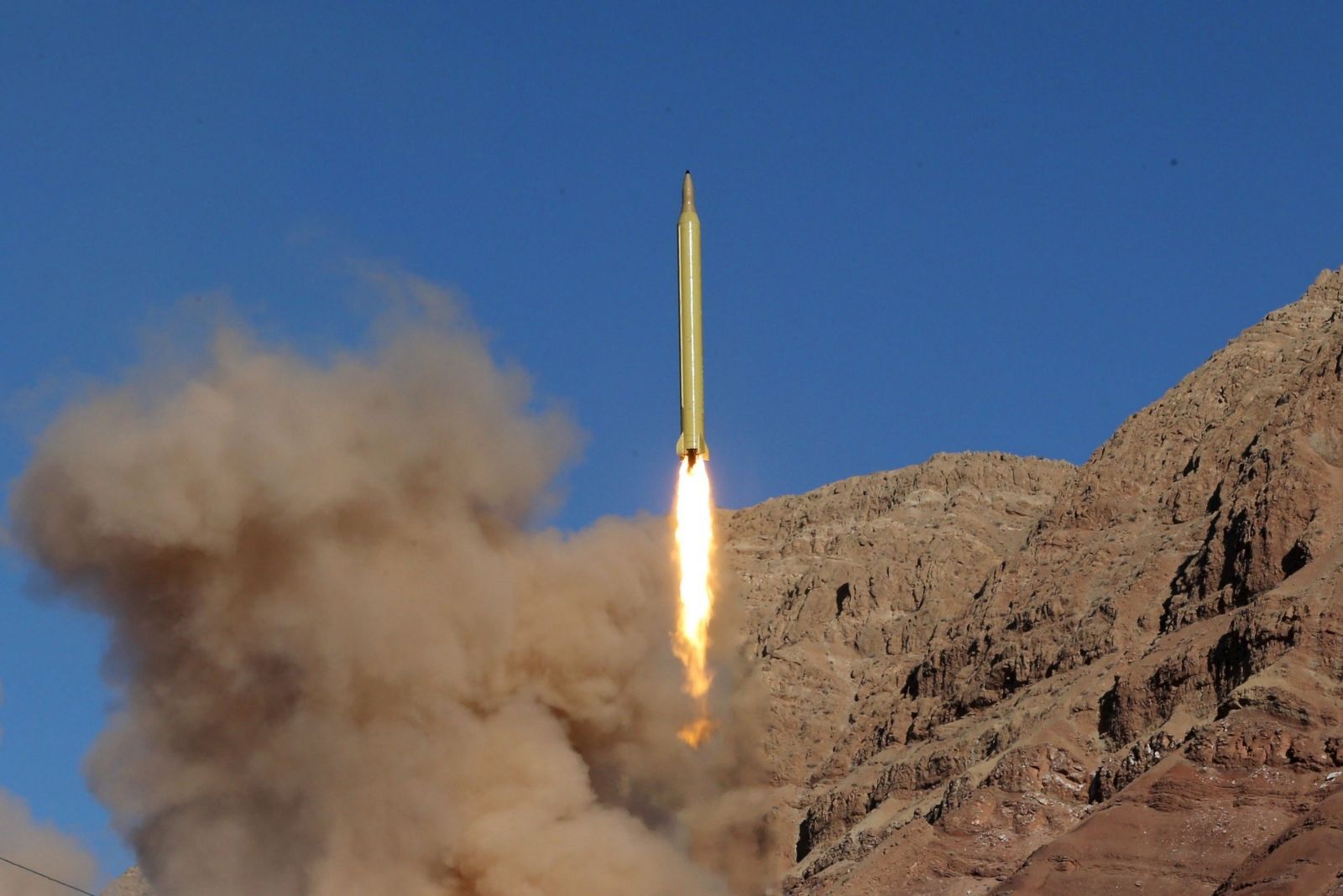Forecast International,
NEWTOWN, Conn: Despite soaring levels of defense spending, the United States military finds itself in a rather precarious position. The Pentagon is faced with the near impossible task of significantly adjusting its force structure and providing funding for increasingly demanding procurement efforts, all while managing conflicts in Iraq and Afghanistan that continue to eat up equipment, strain soldiers and their families through difficult deployment schedules, and wreak havoc on readiness levels across the board, according to a new United States Military Market report by Forecast International.
“When it comes down to it, fiscal year 2007 turned out to be par for the course,” said Shaun McDougall, the author of the report. Despite trepidations over inflated defense spending, Congress has been either unwilling or unable to tighten its reigns, and so even some of the DoD’s most troubled programs continue to somehow push forward. “All of the challenges that have been faced while debating the FY08 budget will therefore remain as the FY09 spending request is finalized”, McDougall adds.
Forecast International expects U.S. defense spending to remain high in the coming years, especially when taking into account the skyrocketing cost of operations in Iraq and Afghanistan. Adding pressure to an already tight fiscal situation are the time and money that will be needed to reset military forces to pre-war conditions after the U.S. minimizes its presence in Iraq. It is imperative that the DoD rebuild its capabilities, lest the military remain unprepared to respond to future threats. With that in mind, lawmakers are not about to abandon a distressed military.
Despite this outlook, it is difficult to envision Congress allowing the defense budget to continue its staggering upward trend. “If the Pentagon’s budget has indeed hit a plateau, the services will have no choice but to fight for the greatest piece of the prize,” according to McDougall. Each service has its own compelling arguments and essential needs that require funding, though there is only so much money to go around.
The spotlight is currently on the Army and Marine Corps, which are more heavily involved in Iraq and Afghanistan than the Air Force and Navy. The former are adding thousands of new troops to their ranks, and are seeking billions of dollars to be funneled into their coffers to buy equipment needed for the war effort. The effort to rush new and expensive Mine Resistant Ambush Protected (MRAP) vehicles to Iraq and Afghanistan, for example, has exploded onto the scene as the Pentagon’s top acquisition priority.
The immediate necessity of these requirements doesn’t bode well for Air Force and Navy procurement accounts. Already strapped for cash, both services are reducing personnel to free up funding in an effort to boost purchasing power. The Air Force, for its part, has said that the plan is simply not working, and has indicated a shortfall of $20 billion per year over the coming years for new aircraft systems. At the same time, the average age of the service’s aircraft continues to rise, making the need for new systems all the more important.
“Meanwhile the Navy faces its own dilemma in the form of costly and unstable shipbuilding,” says McDougall, “at a time when the service is struggling to justify the expense of its blue water fleet when it has no real conventional threat to face.” Overall, the Navy’s shipbuilding plan is in serious jeopardy, and unless changes are made, future ships will have to be sacrificed to accommodate ever-increasing costs and delays.
The debate over these budget concerns will come to a head in the coming years as the Pentagon reassesses its strategic posture in the wake of an insurgent war it was ill-prepared to fight. The U.S. will find itself working to improve its ability to wage an asymmetric war while retaining the might to counter a strong conventional threat. This challenge may pose too high a hurdle in today’s fiscal environment, however, leaving the Pentagon and Congress with some monumentally difficult choices ahead.









